Arts Council Tokyo is advancing Creative Well-being Tokyo, a project to improve accessibility, develop programs, and build networks. As part of the social inclusion team, Yukiko Ohtaka and team leader Yuriko Komai are responsible for coordinating between the cultural institutions and the Tokyo Metropolitan Government. We spoke with them about their roles and how they joined the foundation.
*Department names and titles are as of the time of the interview
![]()
![]()
事務局からのお知らせ
People Inside Tokyo Metropolitan Foundation for History and Culture Vol. 2: Role of Social Inclusion Staff [Part 3/3]
(Back to Part 2/3)
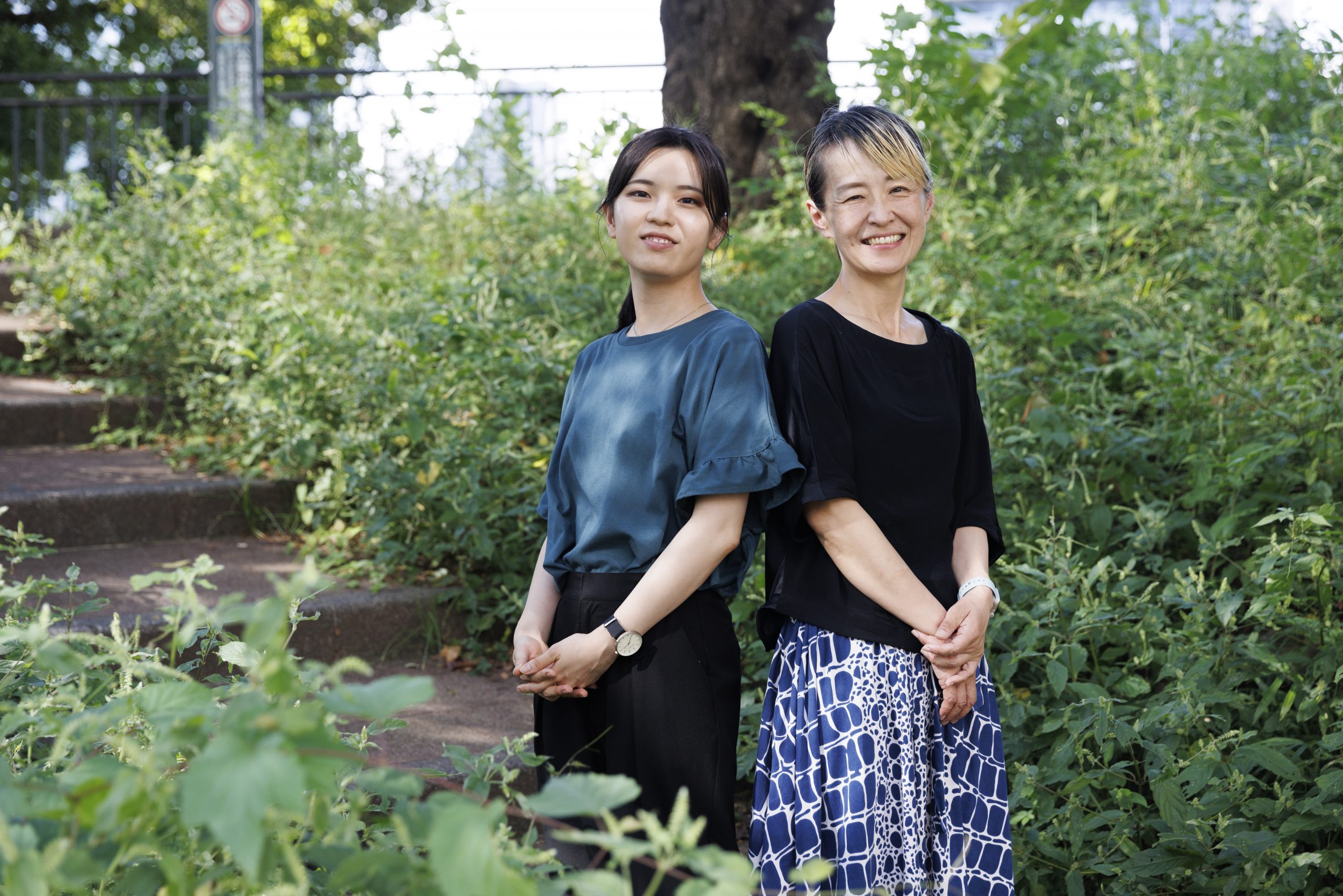
Making accessibility as essential as infrastructure—Yukiko Ohtaka
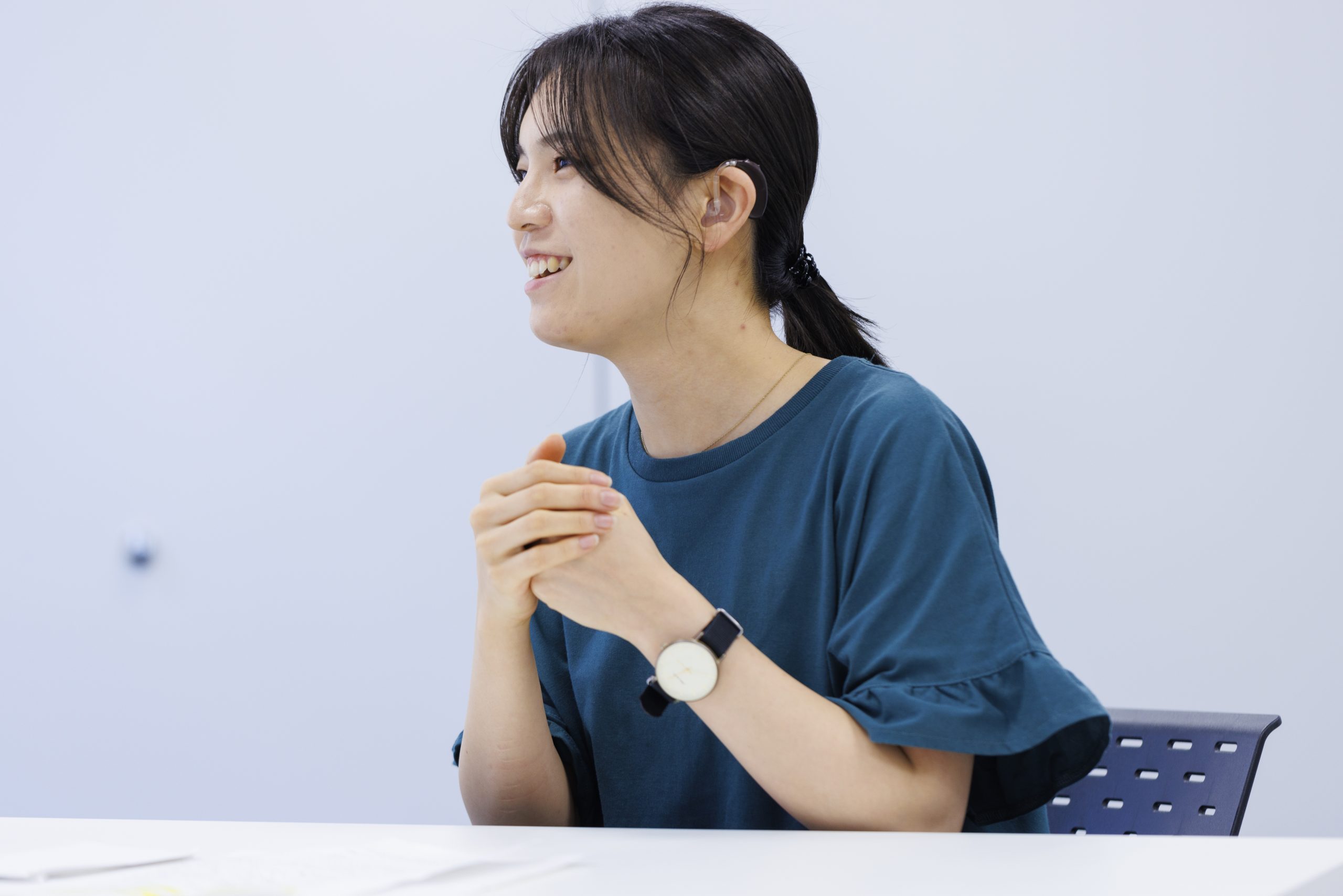
Yukiko Ohtaka began working as the social inclusion staff at Arts Council Tokyo in April 2024. She previously worked in a different field, so she was a user of art and science museums. She loved cultural facilities, but as a Deaf person, she also felt frustrated by how information accessibility was not guaranteed. Her experience of attending an artist talk with sign language interpretation became the turning point that led her to her current profession.
“Until then, I was simply a viewer. Even when I wanted to participate in events, if there was no guarantee of information accessibility, or even if there was, I often felt ‘it would require specialized knowledge,’ making it feel out of my reach. But when I met an artist for the first time and engaged in a conversation through sign language interpretation, I was able to learn about their creative intentions and thoughts. It was an incredibly moving experience. I wanted many people to experience this and felt that cultural institutions were missing opportunities.”
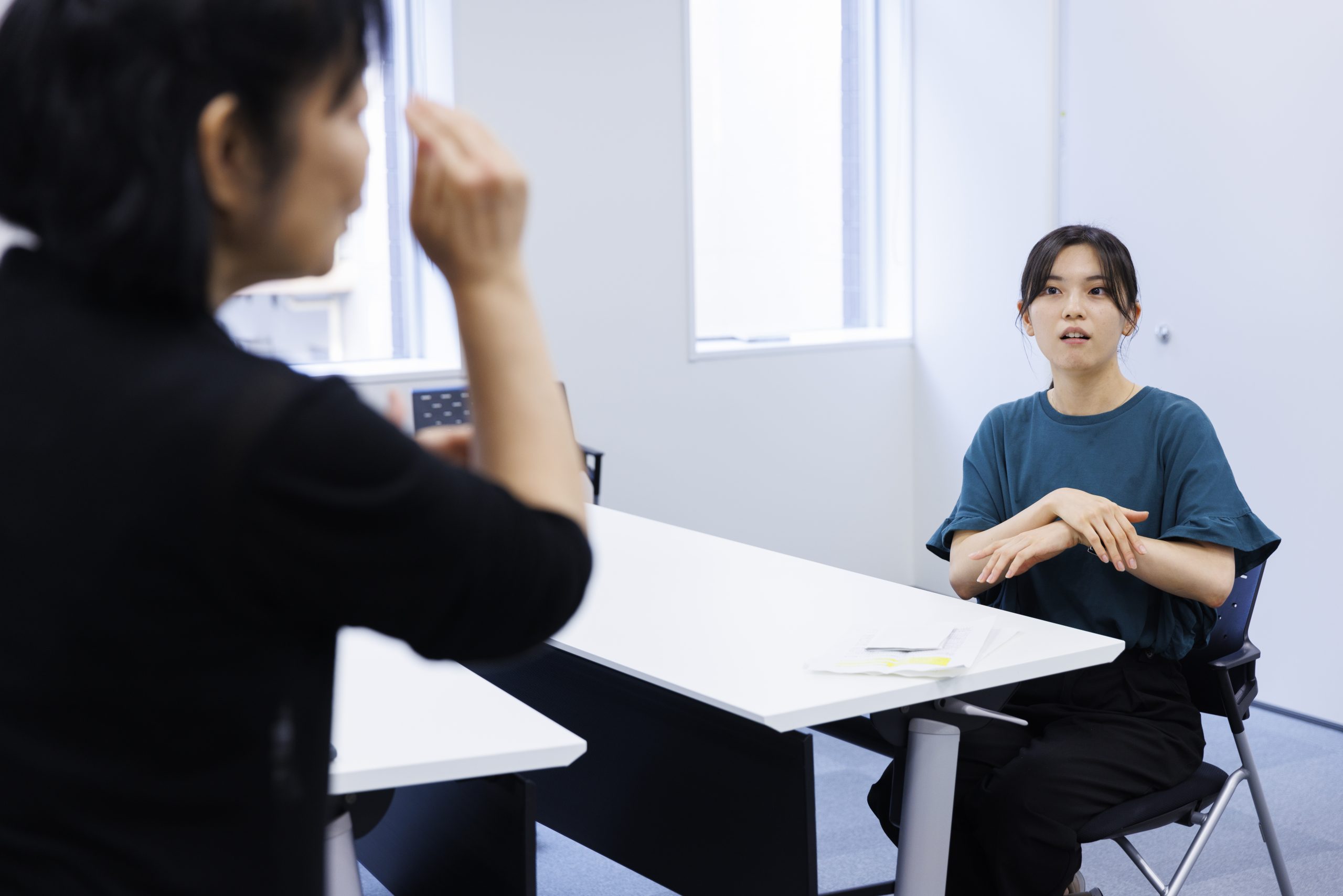
Currently, Ohtaka is primarily responsible for two tasks. One is compiling the availability of accessibility across various facilities, and the other is managing a training program for sign language interpreters. The interpreters, although they share the same title, have a wide range of specializations and areas of expertise. There are still relatively few interpreters specializing in the arts and culture sector compared to fields like education, government, and municipal services. To address this situation, Arts Council Tokyo held a training program for sign language interpreters in the arts and cultural field this fiscal year.
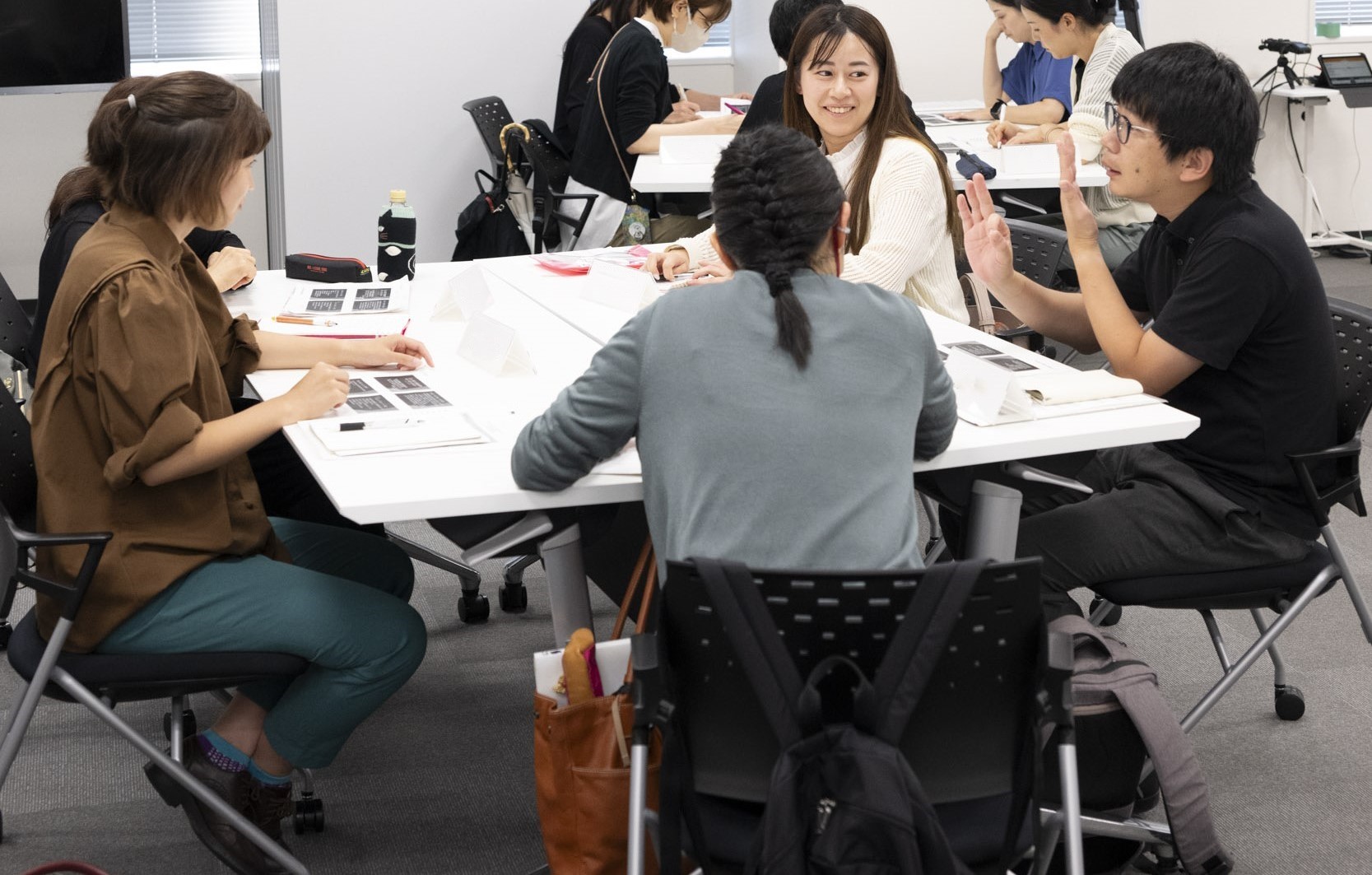
After six months in this role, one of the most rewarding experiences for Ohtaka was hearing feedback from a Deaf attendee who participated in an event with sign language interpretation.
“I heard from one of the institutions, ‘there was a visitor who was there for a different exhibition but happened to attend this event and was delighted to join.’ The event was not by reservation but allowed walk-in participation.
Currently, events with guaranteed information accessibility are only available on specific dates, and many of them require advance reservations or limit the number of participants. When going to an exhibition, a viewer may find a related event or another exhibition of interest happening on the same day, but it may not guarantee information accessibility. In other words, you cannot participate in the event unless you check the date and time in advance. For walk-in events, the facility may not know in advance if accessibility support will be needed, but in this case, it provided the participant an opportunity to join casually.”
In the roundtable discussion covered in Part 1/3, Ohtaka expressed her hope for accessibility to become “as essential as infrastructure.” She adds, “I hope that going forward, more and more people directly affected by accessibility availability like myself can become involved on the management side of arts and culture facilities, creating more opportunities to improve the environment.”
Becoming a bridge to the future of cultural facilities—Yuriko Komai
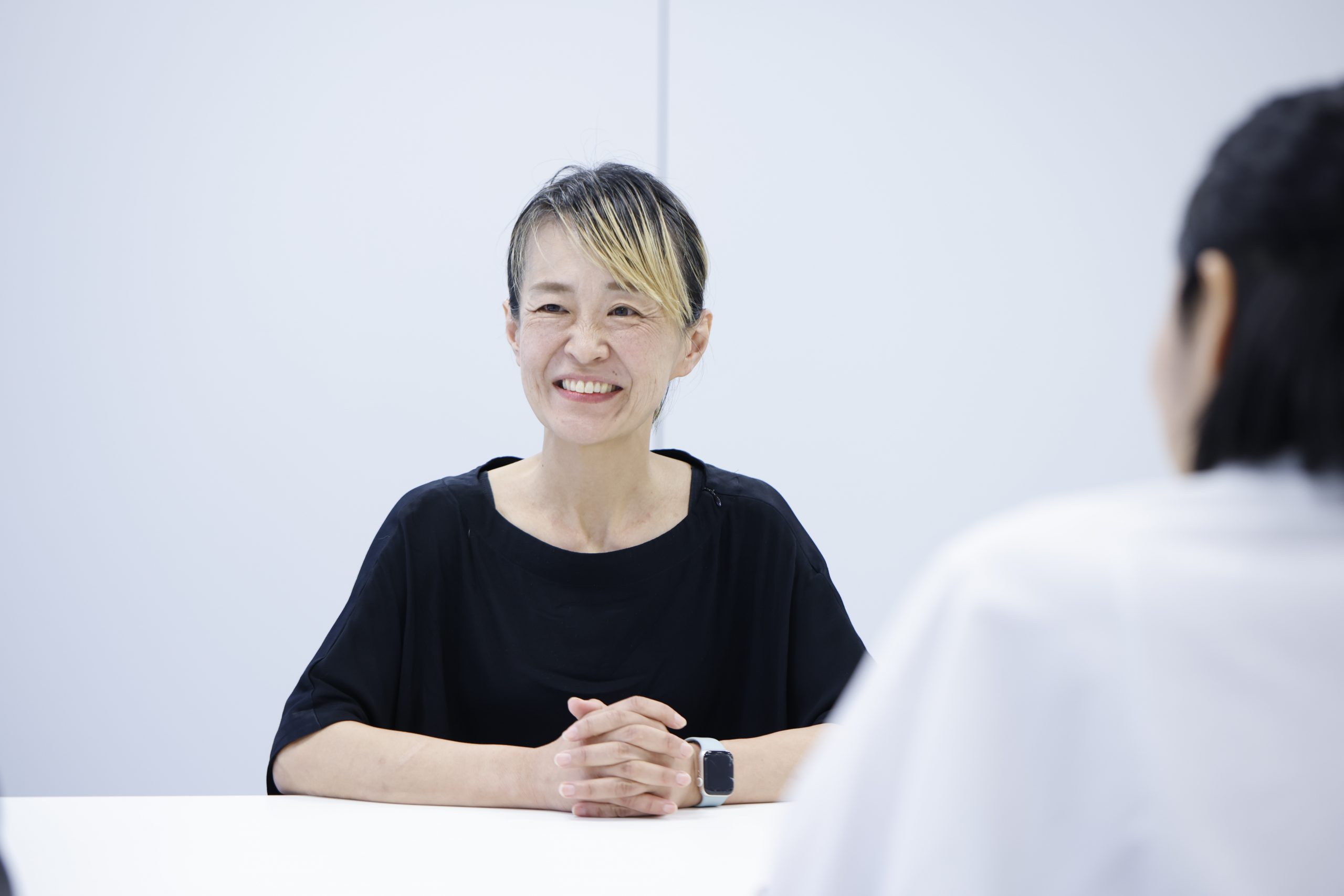
“I loved managing the hall. Watching audiences leave with smiles after a piano school recital, karaoke competition, or opera performance by an Italian opera theater and then closing up for the day—that was the joy of the job.”
One day, she found herself scheduling several events in the same period for various disability organizations, including those for people with dyslexia (*) and physical disabilities. The hall, however, was an aging building filled with “barriers everywhere.”
“How could we make the venue a safe and welcoming place for the performers and audiences? Since they were large events, we had about two years to prepare from booking to showtime. I used the time to intensively learn about accessibility.”
The events were a success. This experience drove Komai to share her newfound knowledge with her colleagues, so she organized regular lectures with invited speakers. Eventually, the foundation she was working for created a division focused on fostering an inclusive society from within cultural facilities, and she became the team leader.
*Dyslexia is considered a learning disability, where a person has no issues with comprehension but faces challenges in reading and writing.
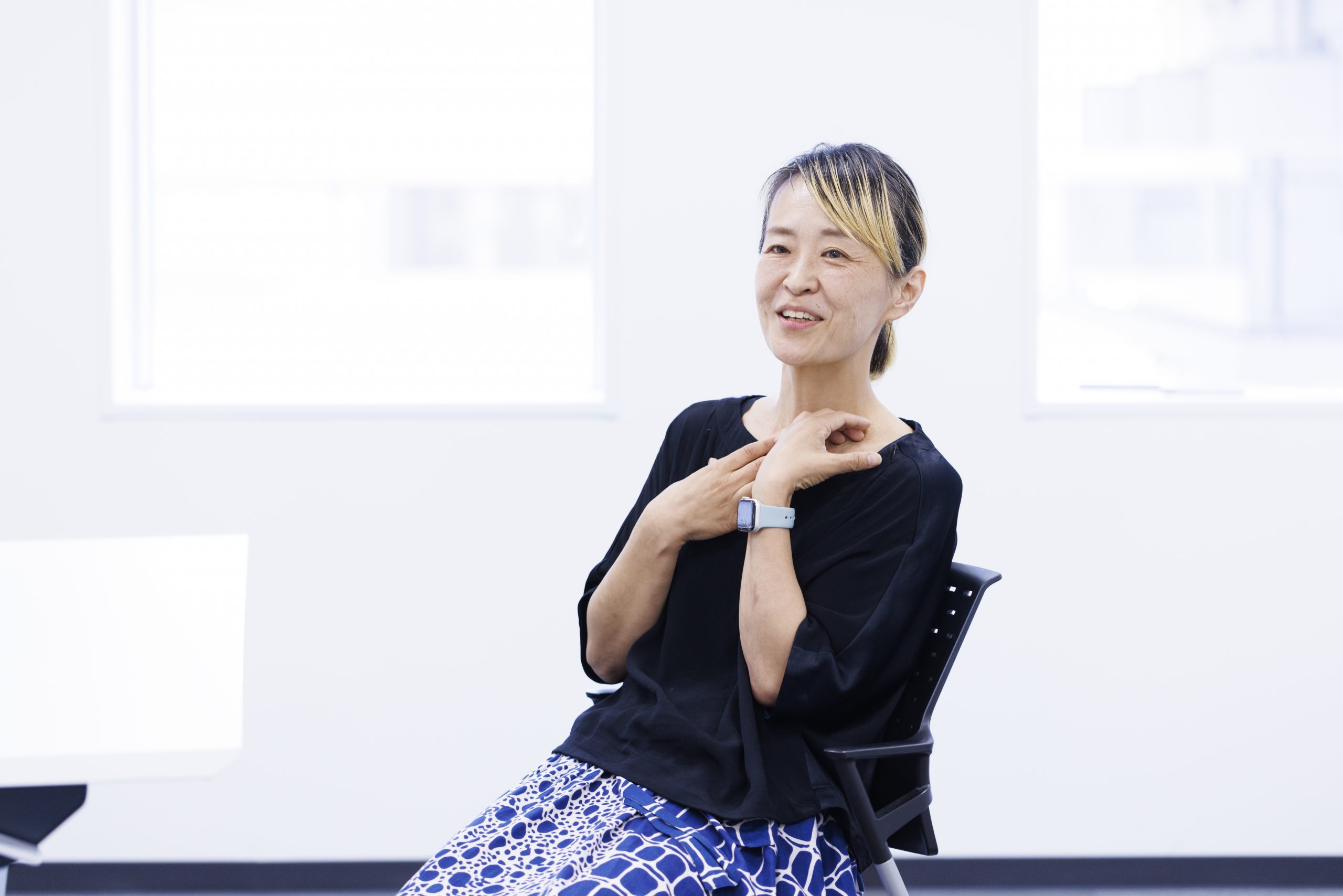
As Coordination Director of Project Coordination Division at Arts Council Tokyo, Komai is now responsible for coordinating social inclusion staff members across various facilities. Her role involves tailoring Tokyo Metropolitan Government projects to align with each institution’s unique characteristics and effectively communicating the strategies to the facilities.
The Tokyo Metropolitan Government, Arts Council Tokyo, and the metropolitan cultural facilities are promoting a three-phase plan under the Creative Well-being Tokyo initiative. In FY 2023, the focus was on information support to help people access cultural sites. FY 2024 was on viewing support, assisting with art appreciation. FY 2025 will be participation support, fostering opportunities for active involvement in planning and management.
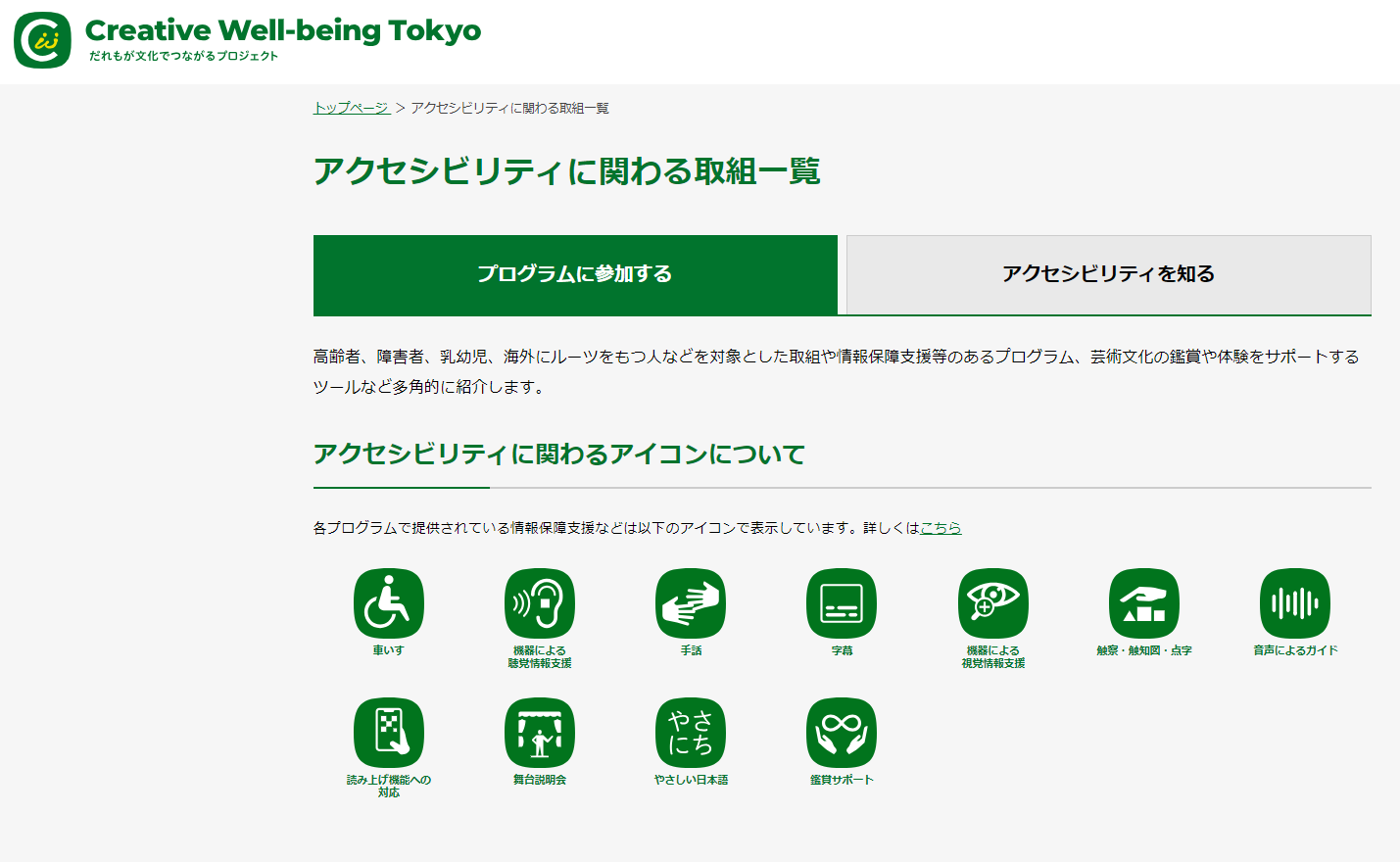
The list of accessibility initiatives on the Creative Well-being Tokyo website highlights various accessibility efforts, including initiatives for older adults, people with disabilities, young children, and individuals with international backgrounds, programs with guaranteed information accessibility, and tools designed to support arts and culture appreciation and experiences.
In the roundtable discussion in Part 1/3, Komai described her work as a role that “raises something in the minus range to zero.” She points out that we are in “a pivotal moment for cultural facilities as they fulfill one of their roles.”
“It has been about 50 to 60 years since the period when public facilities were opened and developed in rapid succession during the era of high economic growth, and these facilities are now reaching the end of their functional lifespan. In that sense, this may also be a time to re-evaluate the roles of cultural facilities. I believe that accessibility improvements serve as a bridge to the next stage—one where everyone can enjoy arts and culture.”
Komai envisions a future where diverse individuals can collectively enjoy a work of art and is taking the first steps toward this goal as social inclusion staff.
Interview and text: Emi Sato, photography: Osamu Kurihara, sign language interpretation: Naoko Iizumi and Yuki Toi
Translation: Erika Ikeda
Creative Well-being Tokyo
The project endeavors to improve accessibility to arts and culture so that everyone—from infants to the elderly, people with and without disabilities, and those with roots overseas—can encounter and participate in cultural facilities and art programs. It collaborates with domestic and overseas cultural facilities and NPOs that tackle community issues and draws on their diverse viewpoints and experiences to promote initiatives critical for future arts and culture activities.
Organized by the Tokyo Metropolitan Government and Arts Council Tokyo (Tokyo Metropolitan Foundation for History and Culture)


